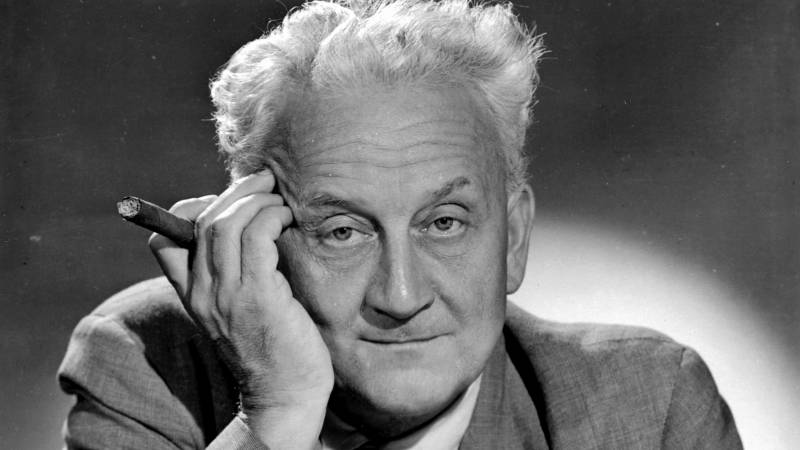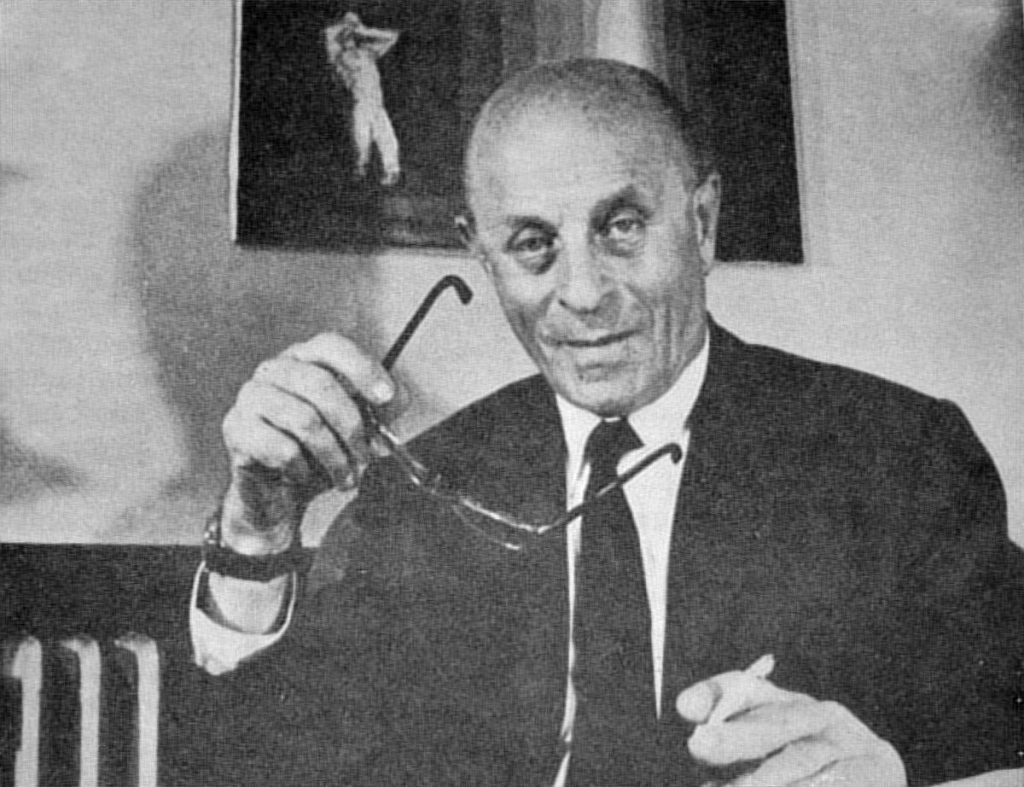ALBERT SZENT-GYÖRGYI (1893-1986)

Science genius, secret agent, anti-war activist – Albert Szent-Györgyi lived a fuller life than most, and everyone alive today is indebted to his discovery of vitamin C. Born to a noble Hungarian family with generations of scientists, Szent-Györgyi studied medicine at Budapest’s Semmelweis University, but his budding career was interrupted when he had to serve as an army medic in World War I. Appalled by the violence of the Great War, Szent-Györgyi shot himself in the arm and claimed it was enemy fire to get medical leave. Continuing his education, Szent-Györgyi’s brilliance landed him research positions at prestigious universities; he earned his PhD at Cambridge, then came home to work at University of Szeged. Here he experimented with an unidentified organic acid (sometimes using paprika) that turned out to be crucial vitamin C, and this discovery earned Szent-Györgyi a Nobel Prize in 1937. During WWII, Szent-Györgyi used his international renown for Hungary’s resistance movement, traveling to Cairo in 1944 under the pretense of giving a scientific lecture, when in fact he was meeting the Allies for top-secret negotiations. After moving to the USA in the late 1940s, Szent-Györgyi made great progress in muscle research and cancer analysis; he became an American citizen in 1955, and a prominent Vietnam War protestor in the ’60s.
LÁSZLÓ BÍRÓ (1899-1985)

Among the many inventions dreamed up by Hungarians before spreading worldwide, the ballpoint pen – designed by Budapest native László Bíró – is probably the most prevalent; as humanity’s most-used writing instrument, millions of them are produced and sold every day. Raised by a Jewish family in the Magyar metropolis, Bíró began working as a journalist soon after completing school. In the pursuit of his writing career, Bíró became frustrated with the smudges and leaks inherent to the pens of the day, and though he noticed that ink used for newspaper printing dried quickly, it was too thick to flow through a fountain pen’s nib. Teaming up with his brother György (a chemist), Bíró created a new kind of pen tip featuring a tiny metal ball that turned in a socket, which would pick up fast-drying ink from an airtight cartridge before rolling it onto paper. This useful everyday device was a hit at the 1931 Budapest International Fair, and Bíró patented the invention in Paris in 1938 – but with the arrival of World War II, László and György were forced to flee Hungary for Argentina. There the brothers further developed their handheld breakthrough, and because ballpoint pens worked much better than fountain pens at high altitude, they were essential tools for Allied airmen. Today the ballpoint pen is commonly called a “biro” in many countries and Bíró’s birthday of September 29th is celebrated every year in Argentina.

